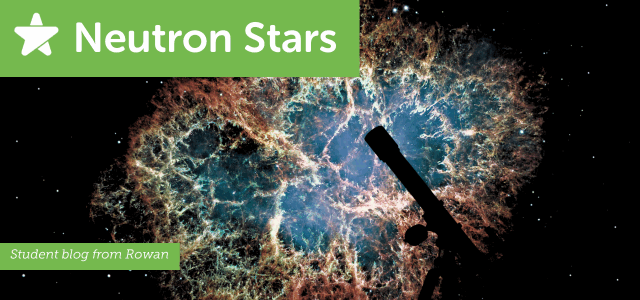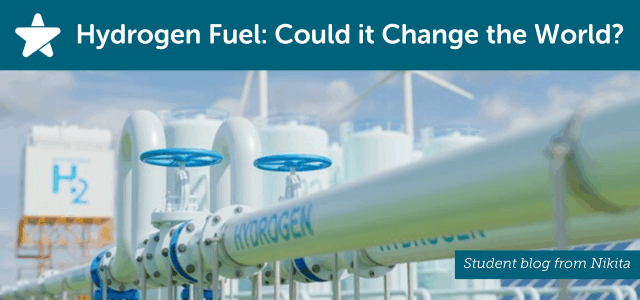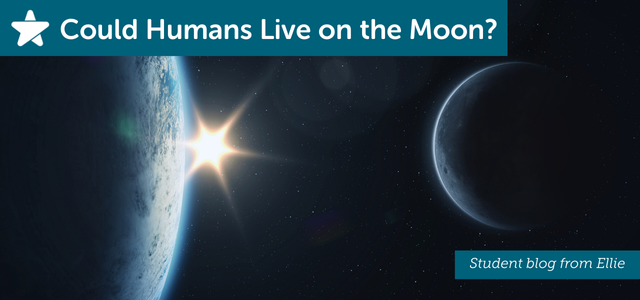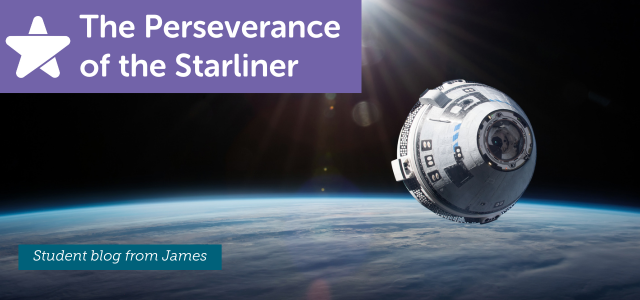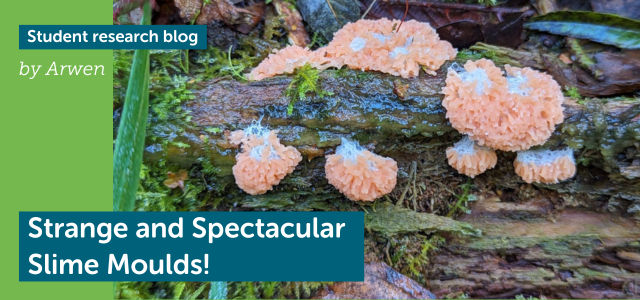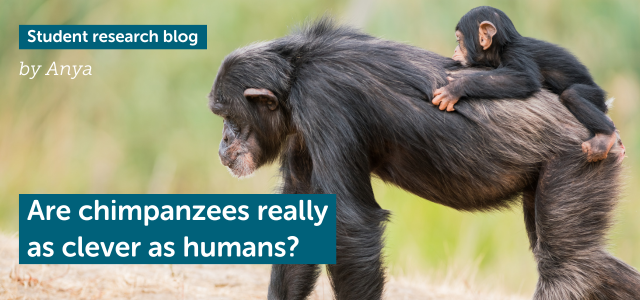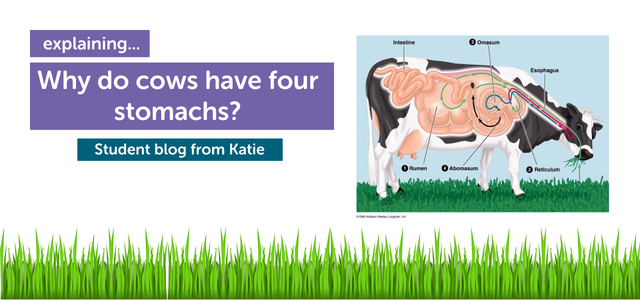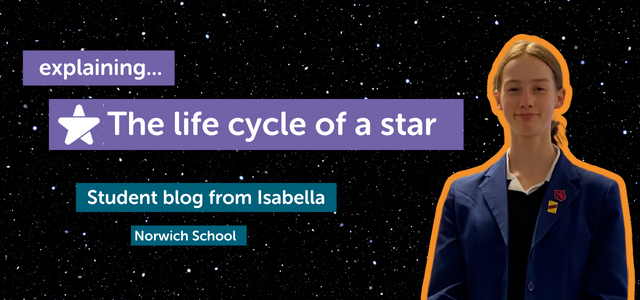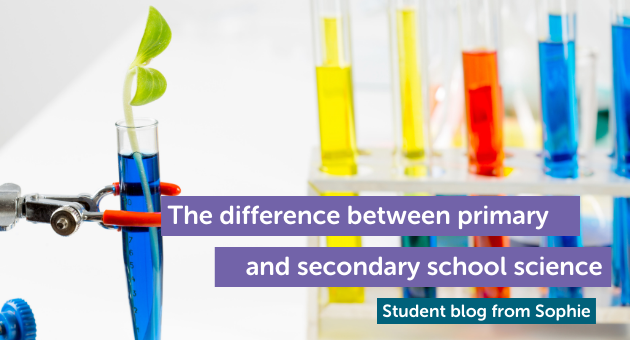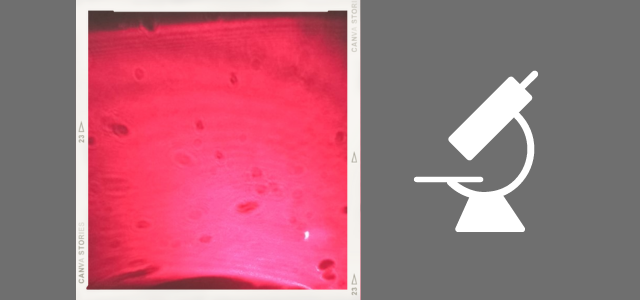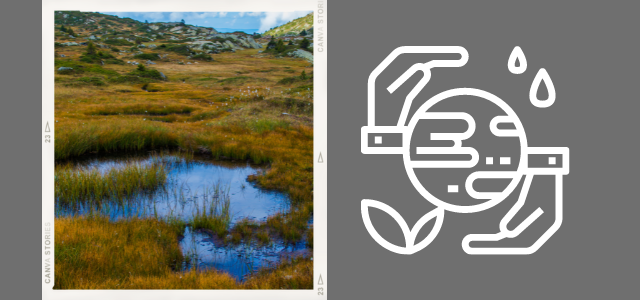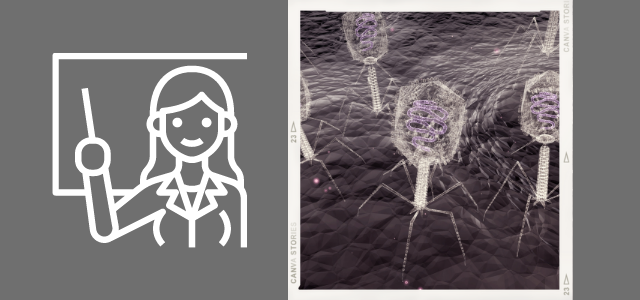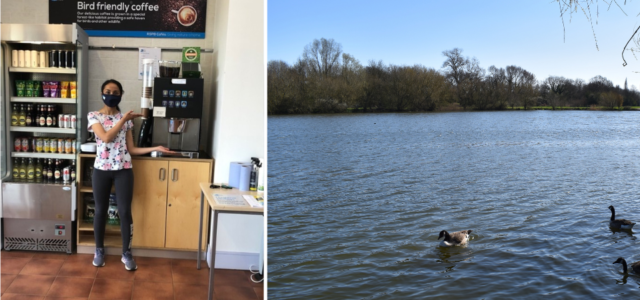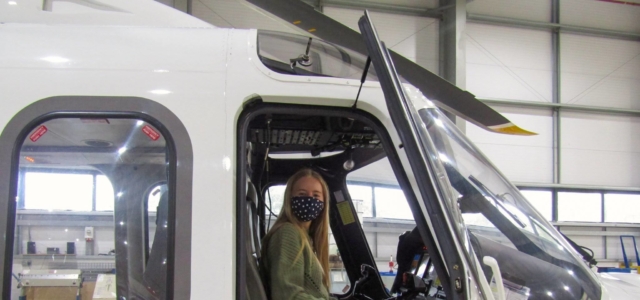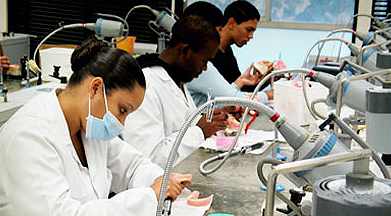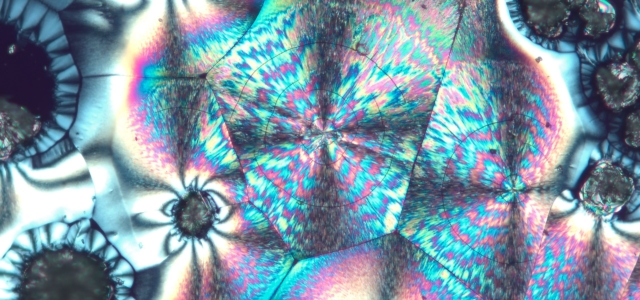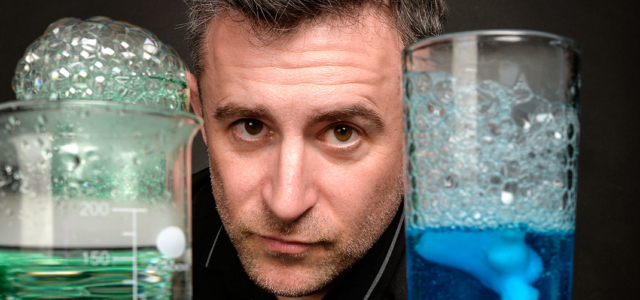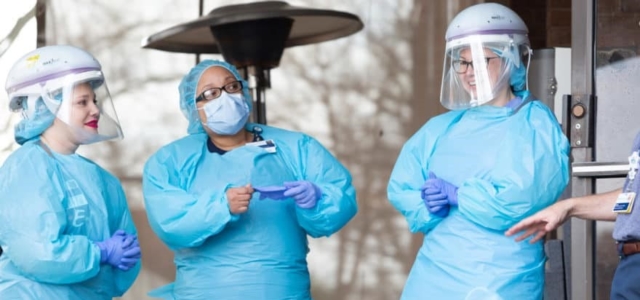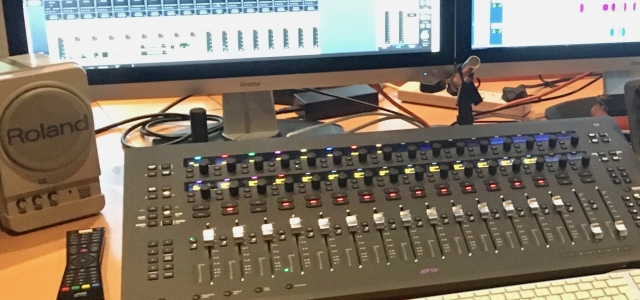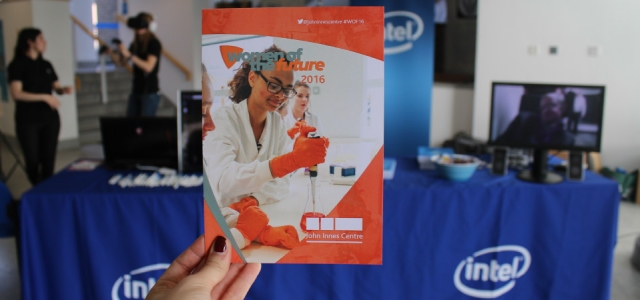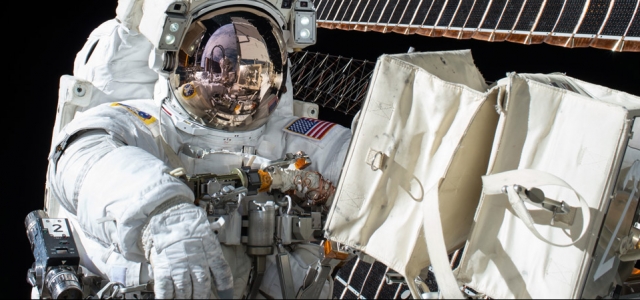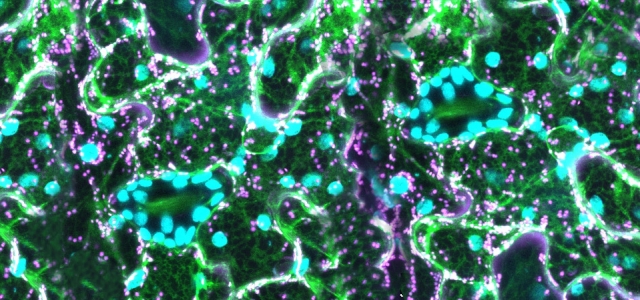The idea of relocating humanity to Mars has been theorised for years—but what about a new habitat closer to home? The Moon! From building sustainable habitats to growing food in lunar soil, the challenges are immense, but so are the possibilities. In this blog, Youth STEMM Award participant Ellie delves into the exciting prospects of human life on the Moon. Read on to discover more!
With the global climate changing, the world is currently facing life threatening natural disasters; for example, the recent wildfires in Australia, hurricane Milton in Florida, and the first Sahara Desert flooding in over 50 years. These catastrophic events have been lethal to both humans and wildlife. This made me consider if the effects of global warming become too severe, would humans ever have to resort to living on other planets? And if they did, could they survive there?
NASA is currently researching getting humans to Mars, one of the only other places where life may have existed in the universe. If it happens, this journey to Mars will take approximately 9 months, whereas a journey to the moon takes approximately 3 days. If humans ever did have to move to another planet, it would be much easier to transport approximately 8 billion people to a planet that only takes 3 days to travel to, as opposed to 9 months, which is why I am using the moon as an example in this blog.
What are the conditions required for a planet to be habitable?
The website “ScienceABC” lists the main requirements for a planet to be habitable. This is not an extensive list, as there are hundreds more factors for a planet to properly support life. The main requirements include:
- Must be a comfortable distance from a star (known as the habitable zone)
- Mass must not be too high or too low
- Must rotate on an axis
- Should have a molten core
- Should hold an atmosphere
- Should possess liquid water and other nutrients essential to life.
What are conditions like on the moon?
Before we discuss these requirements, let’s consider how the basic conditions on the moon compare to the earth. The gravitational field strength on the moon is 1.6N/kg, compared to the earth’s gravitational field strength of 10N/kg, meaning that objects on the moon will weigh a lot less. This means it could be hard to secure any structures needed and would use a lot more materials in order to create a solid foundation. It would also make everyday activities such as eating and drinking a lot more difficult. The temperature on the moon can range from approximately 120oC during the daytime, and -130oC during nighttime. In certain places near the moon’s poles, the temperature can plummet to around -253oC. In comparison, the average temperature on the Earth’s surface is 15oC, although that is rising.
Does the moon meet any of these requirements?
First of all, is the moon in a habitable zone? Yes, the moon is in the solar system’s habitable zone. However, that does not mean it is able to support life, as there are many other factors involved. Next, is the mass too high or low? A study conducted by Harvard university researchers suggests that a planet must be minimum 2.7% of the Earth’s mass in order to support life. The moon has a mass of 7.35 x 10^22 kg, while the earth has a mass of 5.972×10^24 kg, meaning that the moon’s mass is 1.2% of the Earth’s mass, just under half the necessary percentage. Does the moon rotate on an axis? Yes, the moon does rotate on axis and takes around 27 days to complete a full rotation. Next up, does the moon have a molten core? The internal structure of the moon is fairly similar to that is the Earth; it consists of a crust, mantle, and molten core. Does the moon hold an atmosphere? The moon does hold an atmosphere called the exosphere, however, it is extremely thin and does not provide any protection from the UV rays of the sun which is not ideal. And finally, does the moon hold liquid water and nutrients? There have been no traces of liquid water found on the moon, and although it does possess some nutrients, none of these are essential to human life.
What issues need to be addressed if we ever were to live on the moon?
There are three main issues that we need to figure out before we consider moving to the moon. These are:
- How will we get power?
- Where will we live?
- How will we grow food?
As we can tell from the conditions on the moon, it’s not the most hospitable place. We need to consider our energy sources, which are essential for us to thrive. There is the possibility of using solar power, however the lunar night is much darker and colder than the earth’s, leaving us without power for a significant amount of time if it were to be our only source of energy. NASA is also researching potential power solutions that would supply us with energy 24/7 on the moon. There is also a possibility of battery and fuel cells, although they would need to be extremely powerful to support a very large number of people.
As the moon has extremely harsh conditions, our housing needs to be able to withstand these, whilst also being comfortable. Also, taking a breath without the necessary equipment would be lethal, so we would need to find a way to provide constant clean, breathable air. There is also the small matter of fitting 8 billion people onto a planet which is 1.2% of the mass of Earth, which most likely is not possible.
It is common knowledge that in order to live a healthy lifestyle, you must eat a balanced diet which includes fresh fruits and vegetables. We would need to find a way to sustainably and effectively farm crops, as an entire diet of freeze-dried and pureed food would lead to multiple health concerns. The soil on the moon is not as nutrient rich as the soil on Earth, which would make it extremely difficult for crops to grow. There is the possibility of genetically engineering crops which can survive without these nutrients, but they may not be as healthy.
So, could we ever live on the moon?
Although the moon technically does have an atmosphere, it’s not of much use to humans as it provides no protection from the sun. Despite not meeting all the requirements, there is still a possibility for humans to inhabit the moon. With the right equipment and materials, I believe it is entirely possible to live on the moon, although it will take a significant amount of time to develop these new technologies. That said, if we take action against climate change now, we might not need to relocate to the moon and can continue to thrive here on earth.
References:
ScienceABC- What Are The Factors That Make A Planet Habitable? » ScienceABC
The Harvard Gazette- Sizing up a planet’s habitability — Harvard Gazette
Space.com- What is the temperature on the moon? | Space
HeroX.com- Living On The Moon – How to Make it Possible | HeroX



